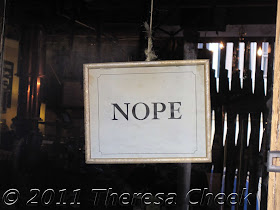Math and Art? As I have stated before in previous posts, art and math are closely related. Math was often used in Renaissance paintings to achieve balance through the golden rule.
"Vanitas" paintings , as they are known, were early 17th century still- life paintings containing symbols of death and vanity and made the viewer reflect on mortality and repentance.
These paintings are rich with 23.5 degree angles....(also known as one of the cosmic angles in Freemasonry)
The same angle can be found on United States currency and the Great Pyramid of Giza.
Poussin used it in his self portrait.
His ring is also a pyramid. The angle from the ring to the diadem to the far left forms a 23.5 degree angle.
So why did artists, Egyptian architects and the federal reserve all use 23.5 degree angles? .....The earth's tilt of it's axis is also 23.5 degrees.
Here, the "John gesture" -Hermetic motto "As above, So Below" also forms the angle. The hand reaches to the sky as a reference to the heavens. The math was deliberate to give reference to a supreme being.
Math and art have been used for centuries to relay messages. The next time you are in a museum, consider the angles you see . What once appeared random, you now know has a deeper meaning!



















